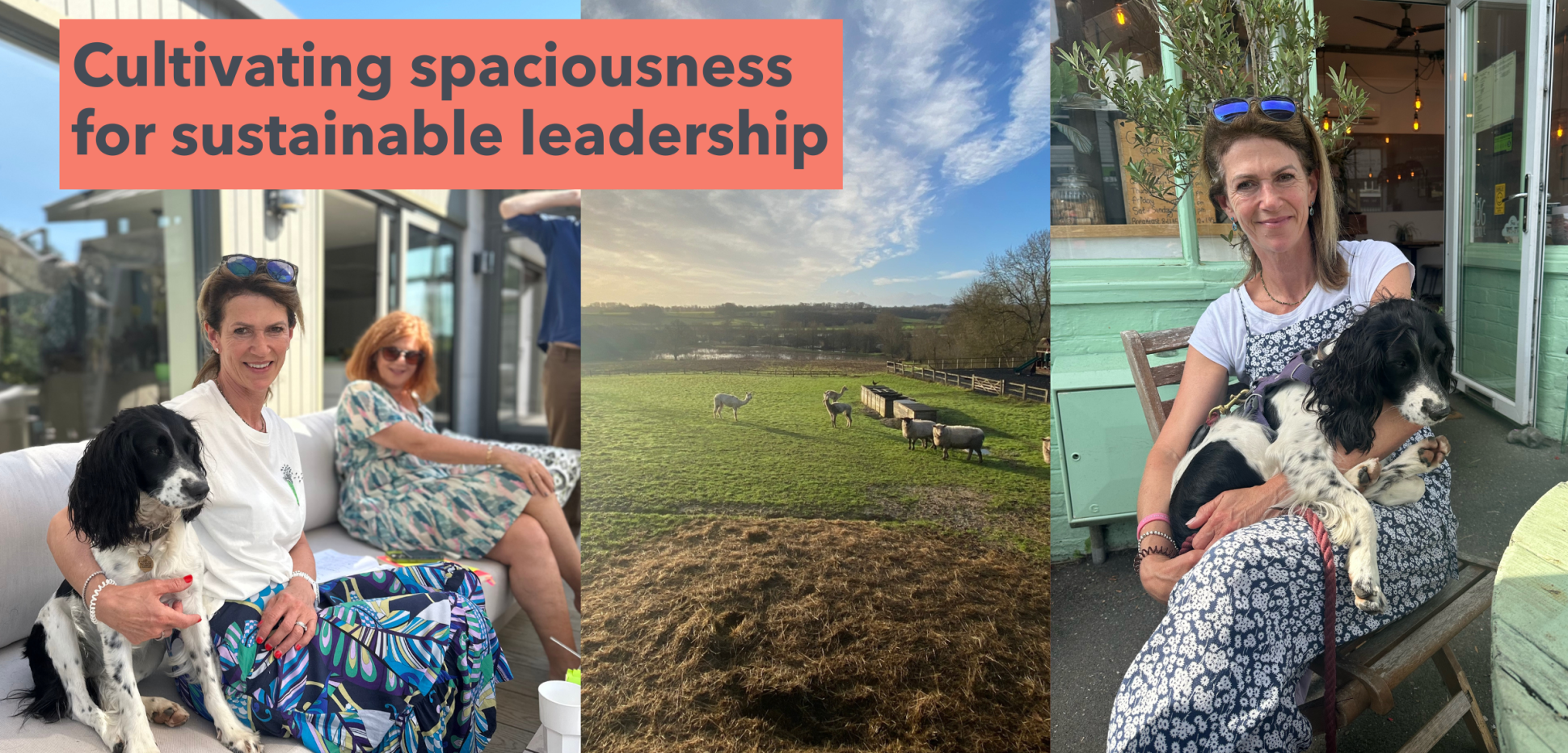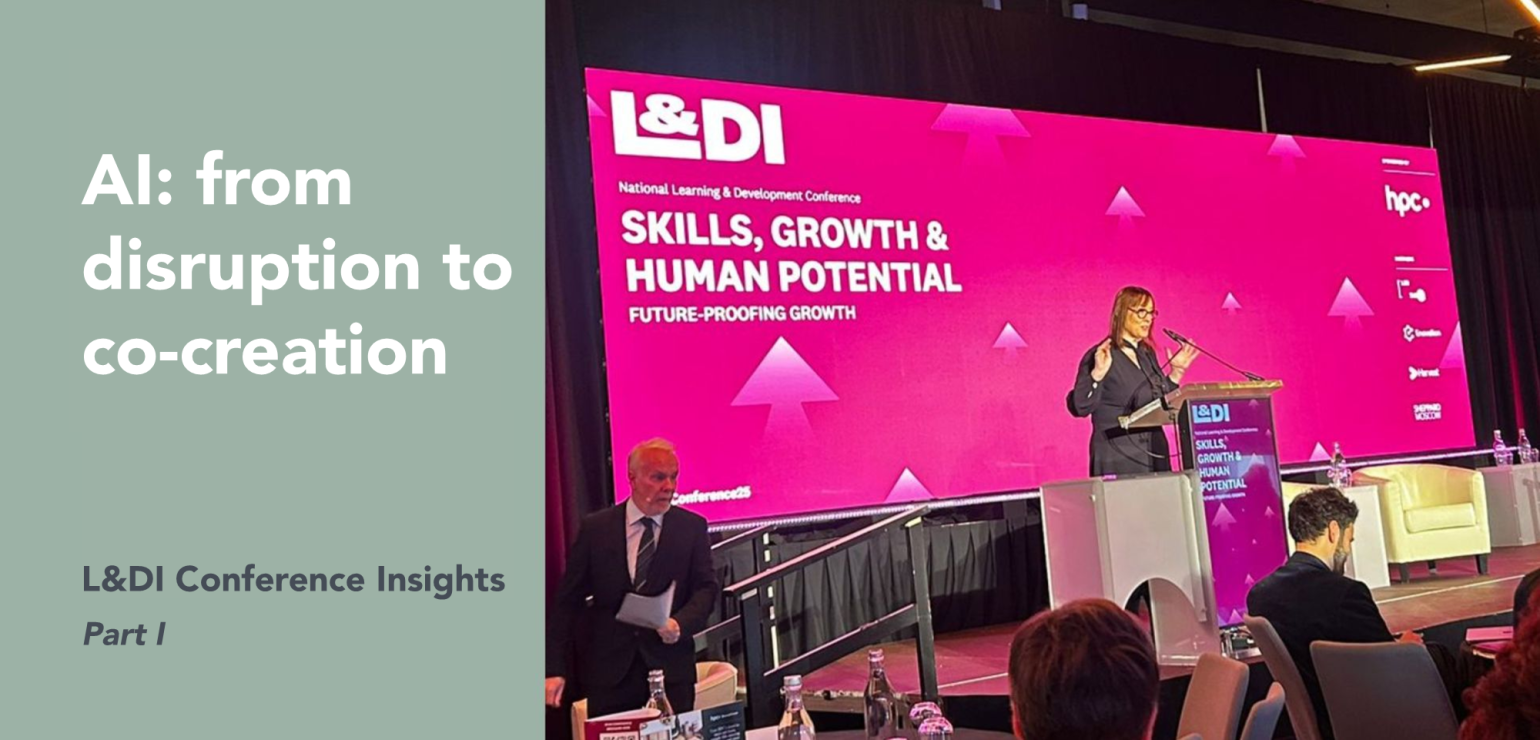Replenishment for resilience

I could feel my reserves petering away… I’ve got a big engine, I can keep going and I knew I had a break coming up, so I decided to push through. But I got sick. I carried on working and I got sicker until my body put a hard stop to any further work. Sound familiar?
This pattern of emptying the tank, being forced to stop and recuperate before throwing yourself back in, is a pattern familiar to me and I see it in my clients too. I have the self-awareness to know when I’m caught in the cycle, but taking action to escape it is something I have been working on for years. It’s a strong sense of responsibility that is a critical driver for many leaders that can fool us into perpetually thinking ‘just a little bit further’. After experiencing a period of intense work stopped by illness, I thought there must be a better way.
With the natural rhythm of respite that comes with summer and a zap of energy from our annual all business meeting, I had an opportunity reflect on ways to mitigate the extremities of the peaks and troughs of this cycle. The word I keep returning to is spaciousness; what strategies, habits and systems can we implement to create a bit of room, of breathing and thinking space, both at the individual and the business level.
At Sheppard Moscow, I am proud to work in a culture that embraces the power of the collective. Historically as a business we have always taken a step back twice a year, to take a strategic view of the year ahead and set goals and KPIs according to an annual cycle. This year, we took the time to do some Horizon Two scanning – a McKinsey framework for managing both current and future growth opportunities. Co-creation, co-ownership, and longer-term horizons have been incredibly powerful in offering not only me but also the whole business the space we need to be creative, resourced and deliver well on our strategy. I am learning as a leader that being explicit in this strategy about what we are not doing, brings clarity to our priorities and better aligns us on where best to put our time, attention, and energy.
Integrating sustainable working into strategy as a long-sighted approach to growth and excellence is working for us, but for larger organisations with a rigid strategy in place, that embedded spaciousness isn’t necessarily available.
And there are always things leaders can do at a business level to have an impact on both their own cycle and the cycle of those around them. Recently, I facilitated a session with a senior leadership team and I posed this question to them:
How far from your ‘best self’ do you think you are?
The leaders shared what helps them find their balance, for example for one person it was about reading time with the children. Another spoke of how they’re ‘tired of being tired’. As the cycle picks up, work commitments encroach on those precious slivers of personal time, and we often shortchange those close to us, our loved ones. And of course there is a loss of self in that process. The very energy and vitality that helped this leader reach their position is sapped, leaving them unable to exercise or really be with their family.
Working to enact more sustainable leadership patterns doesn’t only benefit the leaders, but their team too. These leaders who are pushing themselves to the limit are setting an example to their teams: this is what you have to do to do well around here. Many leaders say they don’t expect others to do work in the same way, but their actions can speak much louder tacitly encouraging a grind culture.
I believe it’s important for leaders to have these conversations to open up support, to share habits, methods for regaining balance, and create a leadership culture of strategic spaciousness. It can be confronting too, to see just how far from your best self you are – and perhaps for how long this has been true. Sometimes clients need us to have this conversation with them because they sort of know it – just as I knew I was heading towards an empty tank – but they need somebody to help them see the reality of this unsustainable path.
At a personal level it’s important to identify your grounding strategies, your moments to rebalance and replenish. This doesn’t have to be taking a week-long break – if that’s what it takes, we’ve gone a bit off piste. It is more about keeping up the little moments of replenishment throughout the week to top up the tank and keep you running.
For me? That’s a cuddle with my dog Luna, a walk in nature, being near and looking at a body of water, and most importantly a proper conversation with my husband Duncan, a real contact conversation, one that is beyond family logistics. Because it’s our loved ones who often take the brunt of us being tired and depleted, and I found myself saving what little reserves I had left for my clients.
This cycle is more often than not inevitable (does this have to be true though…?). Leaders, myself included, often have the self-awareness to know when we’re in it. What needs to happen now is action, to stop kidding ourselves before our bodies give in and take steps toward a culture of spaciousness and individual rebalancing. We can lead better and feel better.
So ask yourself:
- How quickly can you notice where you are in the cycle?
- What mechanism can you use to return balance?
- What culture/conversation are you creating around you for this?
- What are you role modelling for as a leader?
- How can you help people feel things are mutually held to mitigate feelings of sole responsibility?
To learn more about resilience, check out this blog about building a Reservoir of Resilience, or learn the Four habits of mind to boost mental resilience.

 Ally Salisbury
Ally Salisbury 
 Aoife Keane
Aoife Keane 
